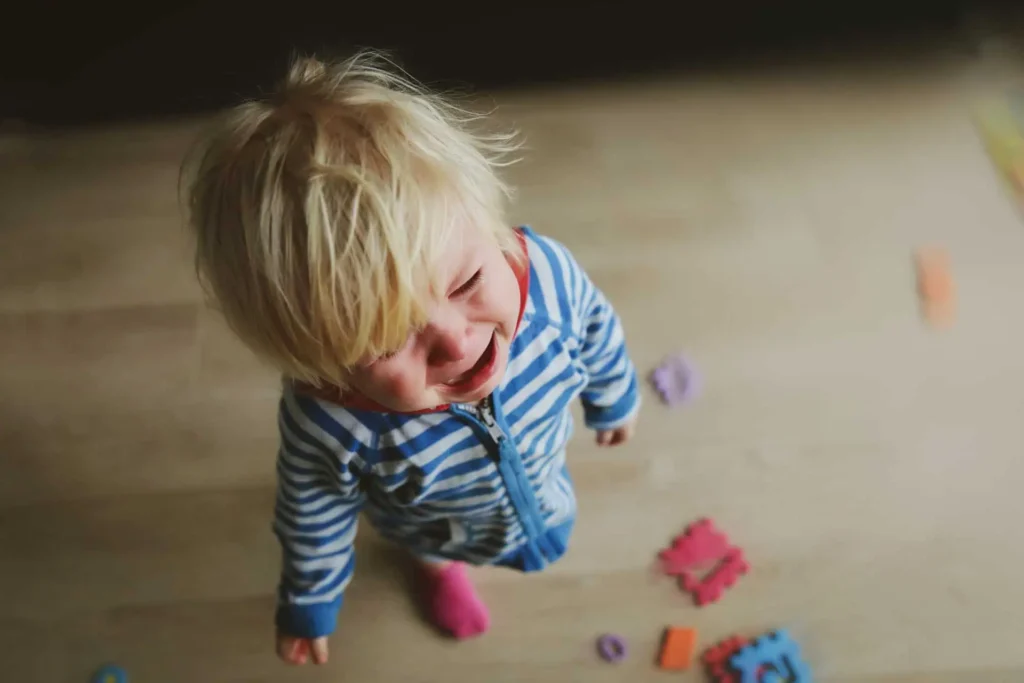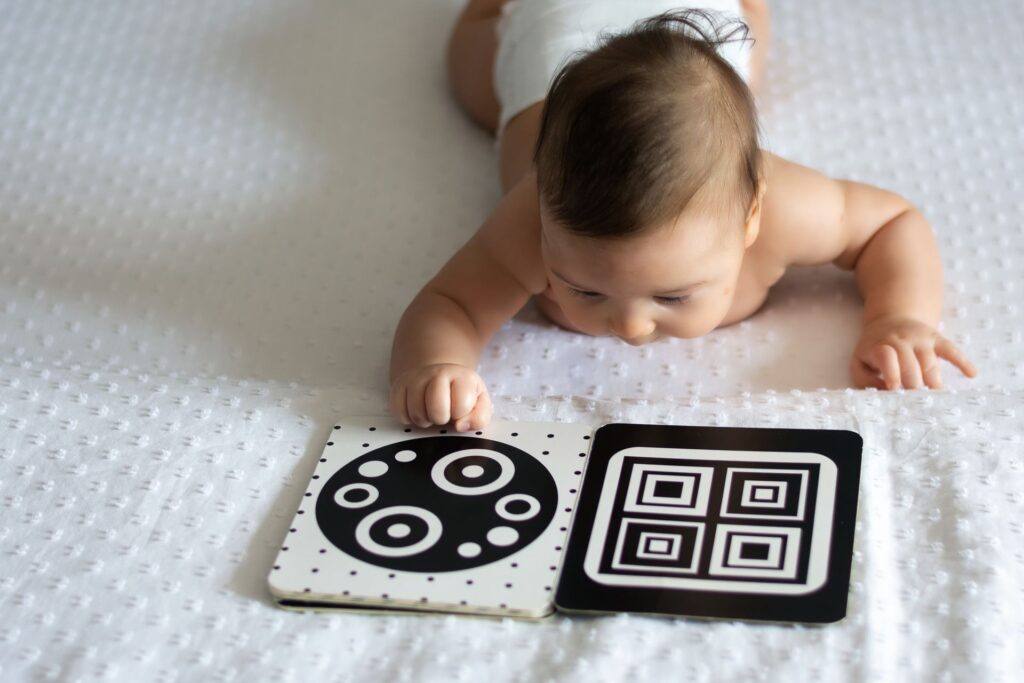
When my son turned four, he started getting little white bumps under his chin. Every time I looked at his gorgeous face, those bumps seemed to have multiplied.
“Don't worry – it’s nothing. My kids had it, too,” my friends assured me. Even my pediatrician didn't seem concerned with what he said were molluscum, but he burned them off anyway with liquid nitrogen. When the bumps continued to spread – down my son’s arms and stomach – we sought a referral to a dermatologist, who was glad we came in when we did: if you wait too long, some skin conditions may be harder to treat.
“All kinds of skin conditions are common at this age,” says Dr. Anatoli Freiman, dermatologist and medical director at the Toronto Dermatology Centre. “We see a lot of eczema, moles that develop, rashes and skin infections, like warts and molluscum.”
Since it can be hard for parents to determine what, if anything, is wrong, speak to your family doctor if you have concerns. If more specialized treatment is required, you will be referred to a dermatologist.
“Different conditions can look very similar, so it’s important to show your family doctor early on,” says Dr. Freiman. “If things are left untreated, it can get out of hand.” Here’s his primer to help you know what kinds of skin conditions to look for in your preschoolers:
Moles: “Some conditions, like skin cancer, are genetic, so take your kids to a doctor if you notice moles that are asymmetrical, have an irregular border, are discoloured, are larger than six millimetres or are changing. This is cause for concern.” A doctor will assess moles and monitor them over time.
Warts: These are common and contagious bumps that are often found on the bottom of feet or tops of hands. They can be treated with liquid nitrogen and a prescription preparation.
Eczema: This common skin condition is characterized by red and itchy rashes. Because of the itch, children may rub their head, cheeks, and other inflamed patches. In many cases, eczema disappears before age two. In the meantime, proper treatment can help. See your dermatologist for advice on avoiding irritating ingredients in creams and lotions, rough, scratchy, or tight clothing and woolens. Proper bathing and moisturizing can help. A cool mist humidifier in your child’s bedroom is also a good idea. For stubborn cases, a cream may be prescribed.
Molluscum: Molluscum are little bumps that look as though they have a whitehead in the middle. It spreads easily and it’s important to diagnose and treat this early. “When you’re covered in molluscum, it’s hard to treat,” says Dr. Freiman. Repeated treatments of canthorone or liquid nitrogen may be required.
Sunburn: To prevent your kids from developing skin cancer, sun protection is key. “Doctors recommend that kids over six months use sunscreen,” says Dr. Freiman. Make sure you’re using a broad-spectrum sunscreen (UVA and UVB protection) with SPF 30+.
“Be sure to look for the Canadian Dermatology Association symbol on the bottle so you know dermatologists recommend it.”
He also reminds parents to have their children wear sun-protective clothing, sunglasses, and try to stay out of the sun during the peak hours of 11 a.m. to 3 p.m.
Originally published in ParentsCanada magazine, December 2014.











